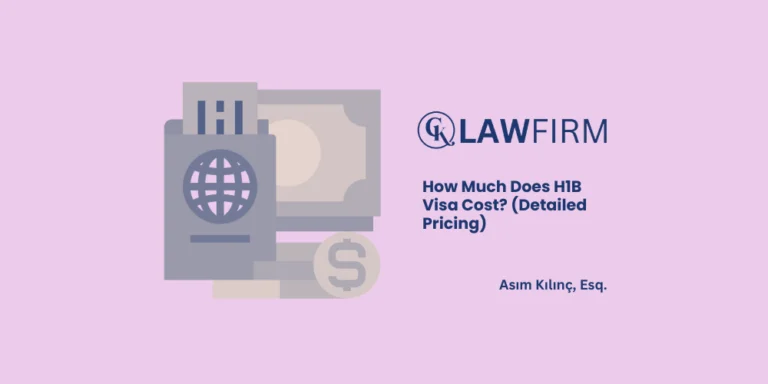Schedule an Appointment with Our Attorneys Now

EB-3, EW, and EB-5 Visa Categories Reach Annual Cap: What This Means for Employers and Workers
EB-3, EW, and EB-5 visa categories have reached their annual cap. Learn what this means for employers and workers in the U.S.
By Ozlem Kara, Content Editor at CK Law Firm
The U.S. Department of State has announced that all available visas for the EB-3, Other Workers (EW), and EB-5 visa categories have been issued for the 2024 fiscal year. U.S. embassies and consulates will not issue any more visas in these categories until October 1, 2024.
Understanding the Visa Categories
The EB-3 visa category allows U.S. employers to sponsor foreign workers for permanent residency. This category is divided into three subcategories:
- Skilled Workers: Jobs that require at least two years of experience or training.
- Professionals: Jobs that require at least a U.S. bachelor’s degree or its foreign equivalent.
- Unskilled Workers (Other Workers): Jobs that require less than two years of experience or training.
These visas are crucial for industries facing labor shortages, such as healthcare, where both skilled and unskilled workers are in high demand. By filling these roles with foreign workers, the EB-3 and EW visa categories help support these industries and contribute to the overall U.S. economy.
The EB-5 visa, on the other hand, allows foreign investors to obtain a green card by investing a minimum amount in a U.S. business that creates or preserves at least 10 full-time jobs for U.S. workers.
Annual Limits and Their Impact
The Immigration and Nationality Act (INA) imposes strict annual limits on the number of employment-based immigrant visas that can be issued each fiscal year. Specifically, 28.6% of the worldwide employment-based visa limit is allocated to the EB-3 category. Within this allocation, no more than 10,000 visas are available for the EW subcategory. Additionally, 7.1% of the total number of employment-based visas is allocated to the EB-5 category.
For the 2024 fiscal year, these limits have already been reached. Consequently, U.S. embassies and consulates worldwide will not issue any further visas in these categories until the new fiscal year begins on October 1, 2024. This pause will impact employers and workers who were in the process of applying or planning to apply for these visas, requiring them to wait until the next fiscal year to continue their applications.
What Employers and Workers Should Know
The early exhaustion of EB-3 and EW visas for FY 2024 highlights the high demand for these categories, especially as the U.S. economy continues to rely on foreign workers to fill critical roles. Employers who depend on these visas to bring in essential talent should be aware of the timing and limitations imposed by the annual cap.
For both workers and employers, understanding these visa caps is vital for effective planning. Employers should work closely with their legal teams and immigration counsel to navigate the timing of visa applications and be prepared to act swiftly when the new fiscal year begins. Workers, on the other hand, should stay informed about the status of their applications and maintain communication with their employers to manage expectations and plan accordingly.
Looking Ahead
The start of FY 2025 is less than two months away. On October 1, the annual limits for these visas will reset, allowing embassies and consulates to resume processing visas in these categories. Employers and workers should be ready to move forward with their applications as soon as the new fiscal year begins to avoid the rush of applicants.
For more information, please visit Boundless Blog!





